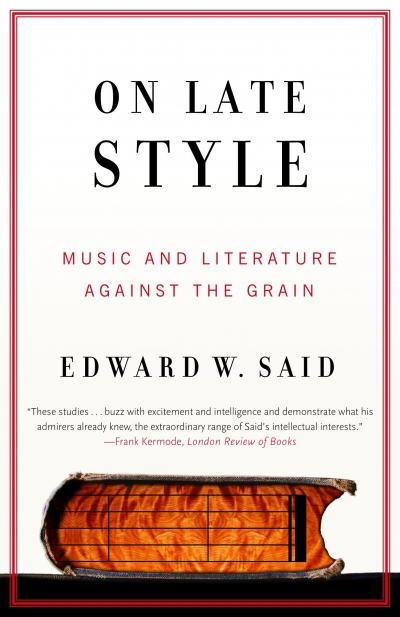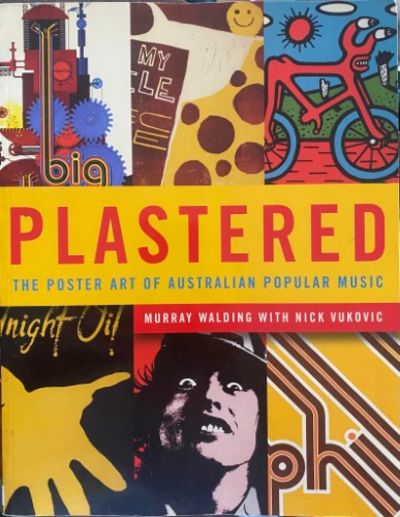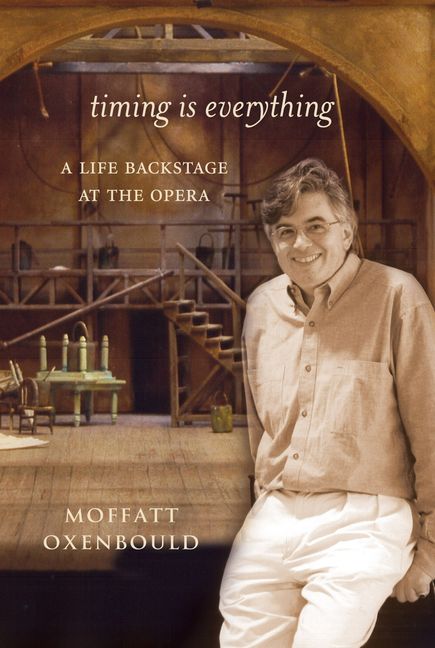Music
An Exacting Heart: The story of Hephzibah Menuhin by Jacqueline Kent
by Peter Rose •
The Rite of Spring: 75 Years of ABC music-making by Martin Buzacott
by Robert Gibson •
On Late Style: Music and literature against the grain by Edward W. Said
by Ian Donaldson •
Singing Australian: A History of Folk and Country Music by Graeme Smith
by Gillian Wills •
Plastered: The poster art of Australian popular music by Murray Walding (with Nick Vukovic)
by Anita La Pietra •
Timing Is Everything: A life backstage at the opera by Moffatt Oxenbould
by John Slavin •










